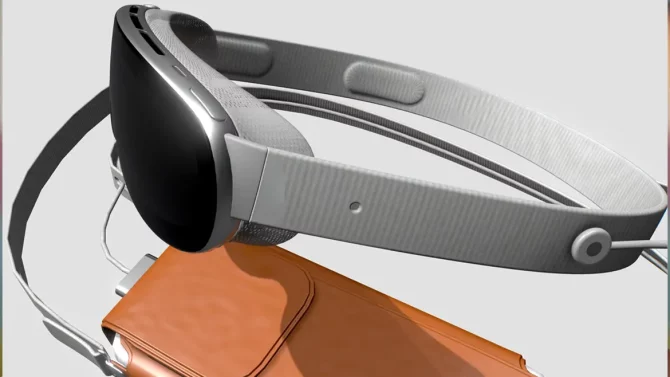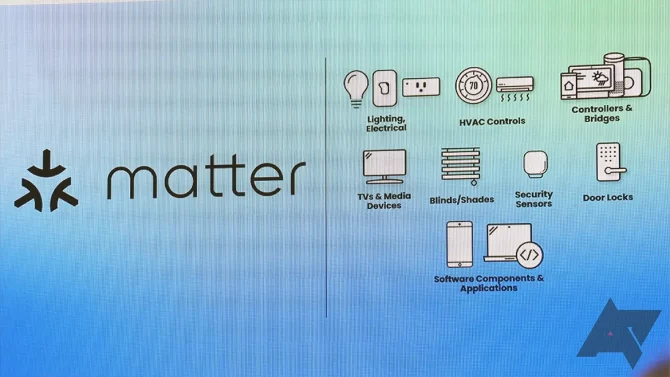
Meta Quest 3: Anticipated Expectations in 2023
Meta’s forthcoming virtual reality (VR) headset is projected to boast a significantly more affordable price tag compared to Apple’s offering, and its arrival is imminent. Could it possess a competitive edge?
This year has witnessed the introduction of remarkable VR headsets, namely the PlayStation VR 2 and Vive XR Elite, while Apple’s mixed-reality headset is expected to be announced within weeks. However, the paramount product among them all may very well be the Meta Quest 3.
Serving as the successor to the present world’s most sought-after VR headset, the Meta Quest 3 is scheduled for a release in 2023. Mark Zuckerberg, the visionary behind Meta, has already confirmed that its price will be similar to that of the Quest 2. Consequently, it should be considerably more economical compared to Apple’s forthcoming device.
Will it also emerge as the pinnacle of excellence? Here’s what we anticipate.
Price: Approximately $400
Meta’s previous attempt with the Quest Pro headset, tailored for professional use, missed the mark, debuting at a hefty $1,500 and subsequently reduced to $1,000. The Meta Quest 3 is projected to align with the $400 price point of its predecessor, the Quest 2 (though this marks an increase from the Quest 2’s original price of $300). However, considering the anticipated enhancements in performance and features, it might command a slightly higher cost.
This price range would undercut the PlayStation VR 2, which necessitates a PlayStation 5 console for operation. Furthermore, it would likely cost thousands of dollars less than the anticipated price of the Apple headset, which industry observers estimate to be around $3,000.
Features: Mixed reality, with the potential absence of eye tracking
The trajectory of VR technology is already moving towards mixed reality, seamlessly blending virtual experiences with the real world by utilizing passthrough cameras that project real-time footage within the headset. The Quest Pro and Vive XR Elite have already embraced this concept, and it is expected that Apple’s headset will follow suit.
The Quest 3 is anticipated to incorporate color passthrough cameras, similar to the Quest Pro, Vive XR Elite, and Pico 4. In contrast, the Quest 2 only features a basic monochrome passthrough camera. Additionally, the Quest 3 might possess enhanced depth sensing capabilities, either through improved on-headset sensors or advanced computer vision algorithms. Currently, Meta’s selection of mixed reality apps is rather limited, but a mainstream Quest 3 that fully explores the possibilities could spark a surge of new applications and games.
VR/AR YouTuber Bradley Lynch, drawing upon leaked information from Meta, provided insights into several Quest 3 features last year. Notably, it was mentioned that an onboard depth sensor is part of the plan.
However, eye tracking may not be incorporated. While the Quest Pro incorporates eye tracking and face tracking, these features can be disabled within the settings and are not utilized by all applications. The PlayStation VR 2 frequently employs eye tracking to optimize graphics performance, but it is also tethered to the PS5 and does not face concerns regarding battery drainage. Meta might exclude this feature to reduce costs or possibly due to unresolved privacy implications.
Nonetheless, an upgraded processor is expected. The aging Snapdragon XR2 chip could receive a genuine successor (rumored to be the Qualcomm Snapdragon XR2 Gen 2), enhancing graphics, speed, and potentially battery performance for the new headset. Meta and Qualcomm have an ongoing multi-year partnership, with the latter unveiling new XR chips that will be utilized in future devices. This upcoming release could mark the debut of a new chip, similar to the introduction of the XR2 for the Quest 2.
Reportedly, storage capacities and RAM might also receive upgrades, as indicated by Lynch’s report from last year, with the long-awaited option of 512GB of storage becoming available.
Sleeker design
Meta’s enhanced pancake optics lenses, featured in the Quest Pro, have contributed to a slimmer front profile for the VR headset in comparison to the Quest 2, along with clearer lenses. Another affordable VR headset within the Quest 2 range, the Pico 4, introduced pancake optics last year. Consequently, it is highly likely that the Quest 3 will incorporate this upgrade, resulting in a significantly smaller headset compared to the Quest 2.
Reduced size could also enhance portability. Might the forthcoming cases and accessories accentuate this aspect? The convenience of easily transporting a Quest 3 during trips would undoubtedly be advantageous. HTC’s Vive XR Elite can be folded down to the size of large glasses and comes with an optional tube-shaped carry case.
Compatibility with Meta’s new Quest Pro controllers
Meta has updated its controllers with the Quest Pro, integrating cameras to enhance tracking consistency while reducing their size. Currently, these controllers represent an expensive upgrade for Quest 2 owners, retailing separately for $300. The question arises whether Meta will include them with the Quest 3 or if they will remain optional add-ons.
Another possibility is the introduction of a completely redesigned set of controllers. Meta does not appear to be ready to entirely abandon physical controllers for the Quest, even as hand tracking technology continues to improve.
Lynch also shared leaked images of the headset last year, which suggested that the Quest 3 might be compatible with the current Quest Pro dock for charging purposes.
Games will continue to be a primary focus
Meta’s exploration of work and social applications within the metaverse has not gained significant traction, thus gaming remains the primary use case for Quest 2 (alongside fitness-related activities). The upcoming games showcase by Meta on June 1 underscores the fact that the Quest 2 primarily serves as a gaming console.
With an anticipated release in the fall, the Quest 3 will likely be positioned once again as a game console with substantial potential for fitness, work, and social applications. This represents Meta’s safest bet, especially given the expected pricing, which aligns with traditional console offerings. Moreover, in a year when no other new game consoles are anticipated to debut, Quest 3 presents a compelling proposition.
Will Quest 3 initiate a wave of mixed-reality apps?
The Quest 3’s heightened emphasis on mixed reality, coupled with its lower price compared to the Quest Pro, is expected to catalyze the development of numerous new applications that actively utilize mixed reality. This constitutes the most significant new feature of the Quest 3 and, with Apple also likely to showcase mixed reality extensively, it may encourage developers to adopt an augmented reality (AR)-oriented mindset. This represents Meta’s greatest opportunity to propel the Quest experience beyond its VR-centric reputation.
If you intend to purchase a headset, exercising patience is advisable
Considering the imminent arrival of the fall season, it would be prudent to postpone any immediate headset purchases. The Quest 3 appears poised to become the premier VR headset from Meta and may offer one of the most attractive options in its price range. Therefore, those currently seeking a headset should hold off and await the forthcoming releases, particularly with both the Quest 3 and Apple’s headset on the horizon.





